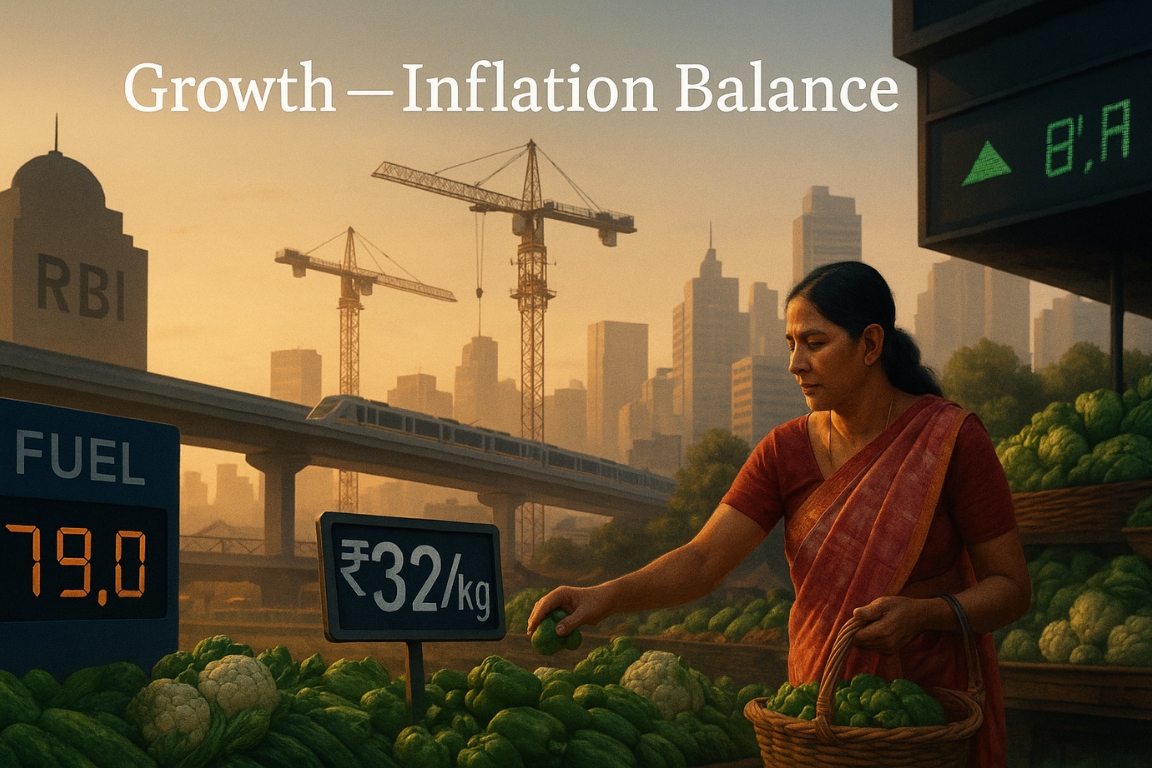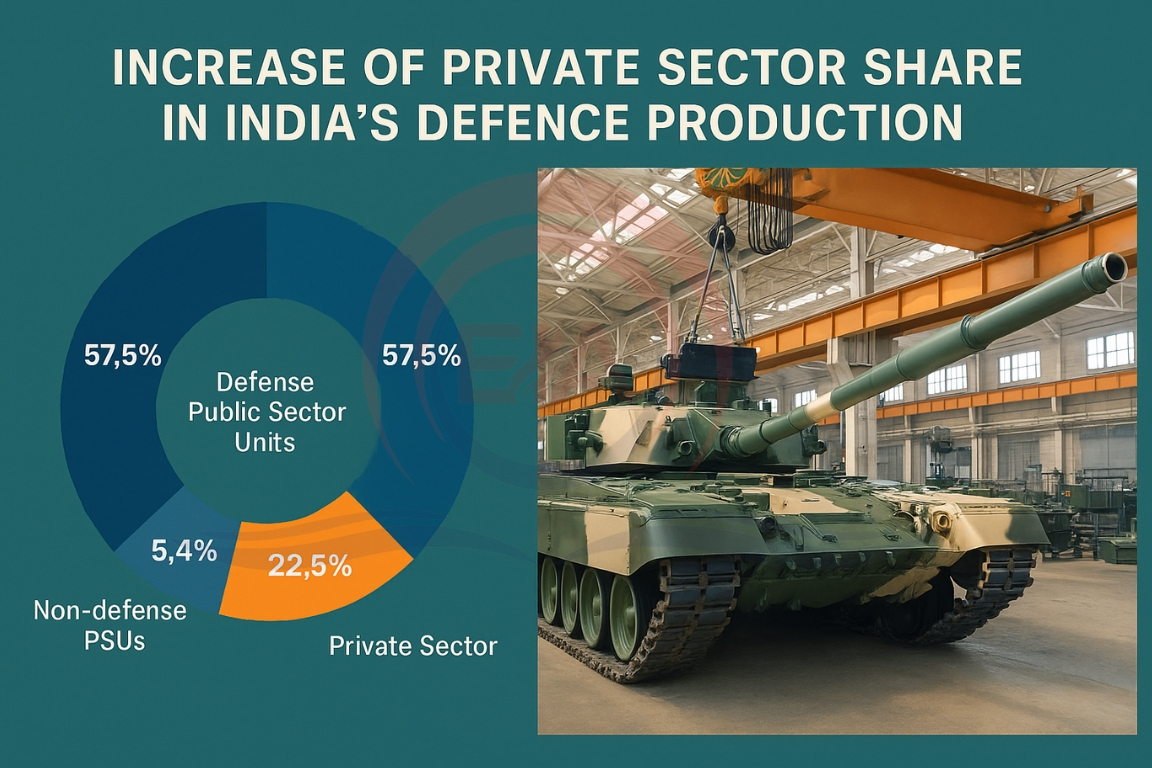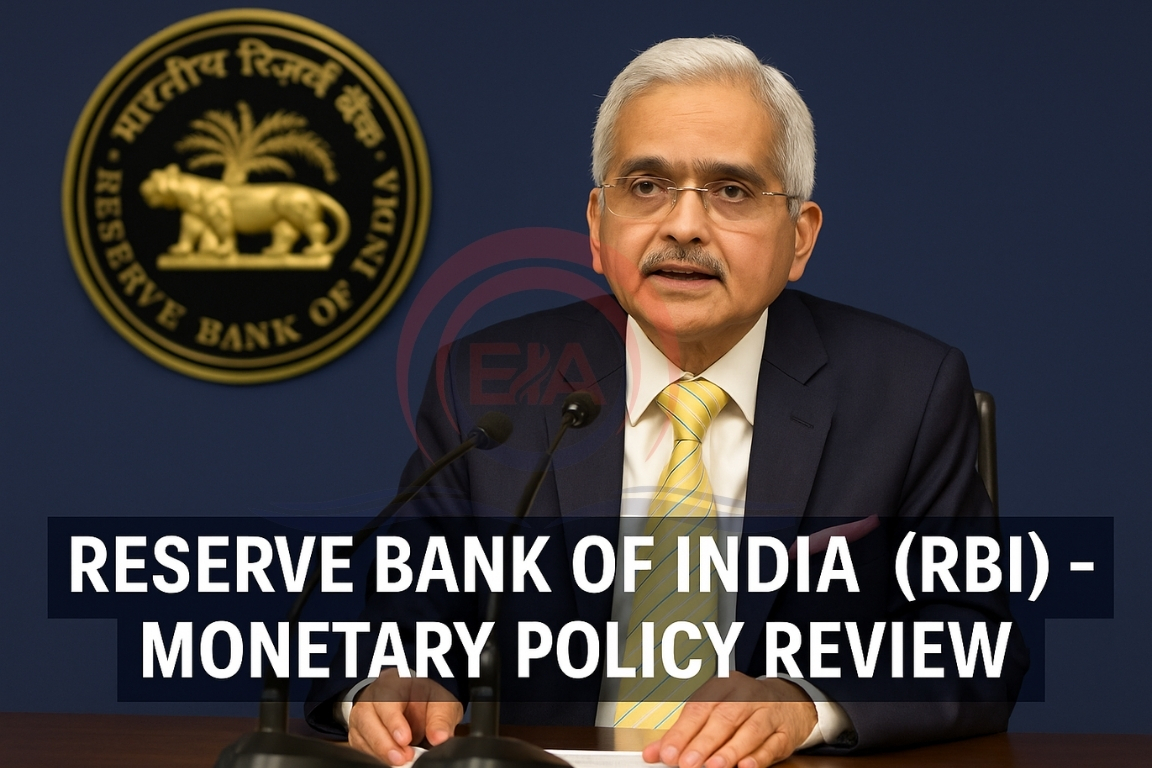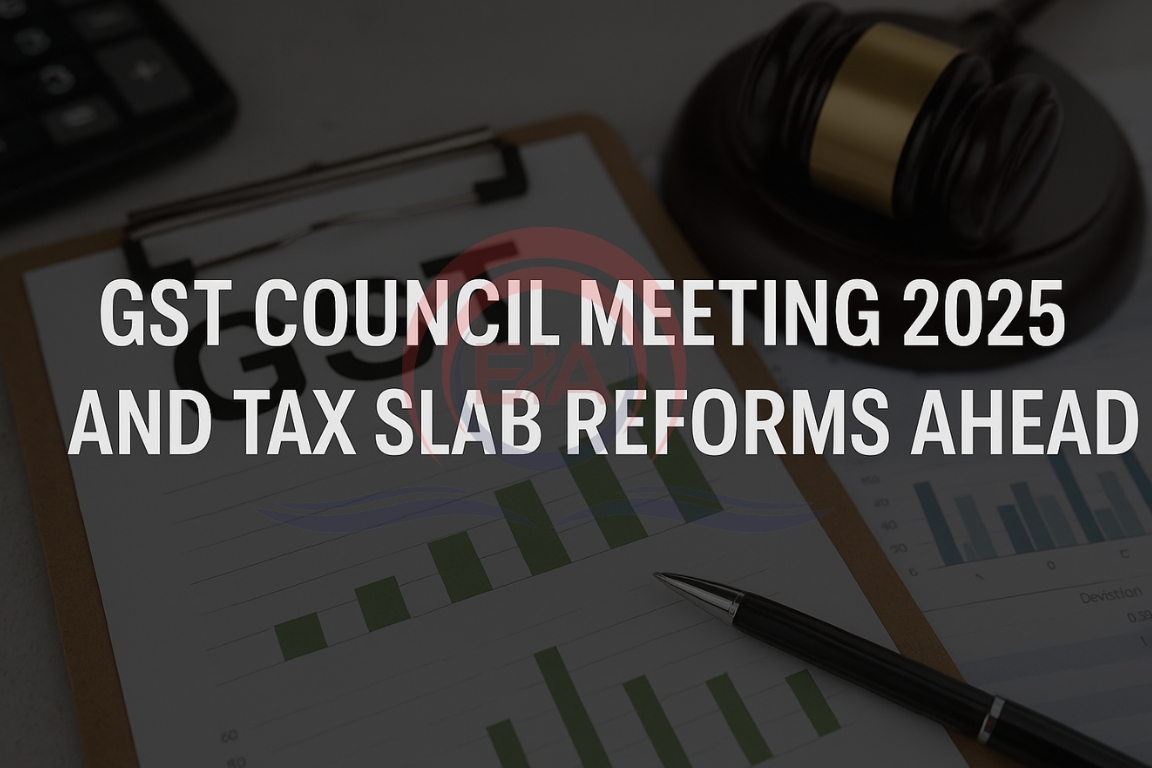India’s retail inflation slightly increased in August 2025 after nine months of decline, but it remains within RBI’s tolerance band.
Current Inflation Trends
- Retail inflation rose in August but stayed at a comfortable level of 2.1%, within the RBI’s range of 2%-6%.
- Food inflation has stayed under control across urban and rural areas.
- Prices of essentials like vegetables and pulses saw sharp declines, easing household budgets.
- Other key categories such as housing, clothing, footwear, and fuel also recorded low inflation compared to July.
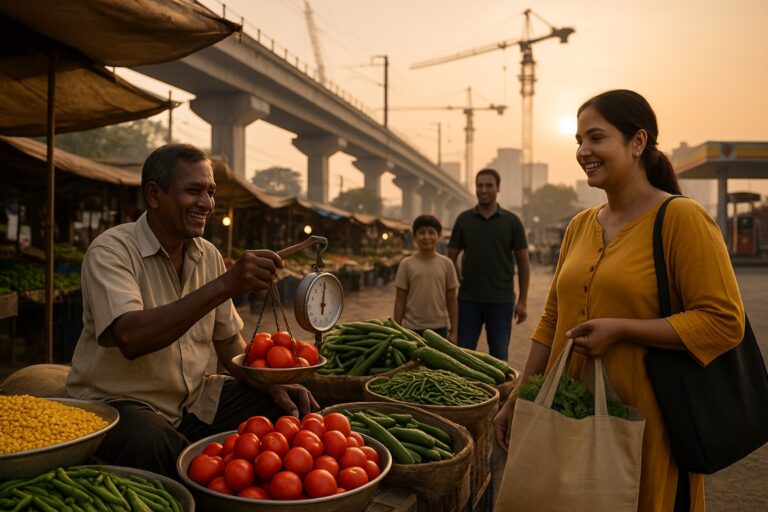
Contrast with Last Year
- In 2024, India experienced low growth with high inflation, straining the economy.
- In 2025, the situation has reversed to high growth with low inflation, improving macroeconomic stability.
- The gap between growth and inflation has widened to about 5.5 percentage points, a healthier scenario than last year’s narrow differential.
Oil Imports:
- Even if India reduces Russian oil imports under global pressure, the effect on inflation will be limited due to currently low global crude prices.
- Discounts from Russia are no longer as significant as in 2022, reducing dependency risks.
GST Rate Changes:
- New GST rates effective from September 22 are expected to push inflation further down as several items will become cheaper.
Policy Outlook
- The RBI’s Monetary Policy Committee (MPC) is under pressure to reduce interest rates in response to the stable macroeconomic environment.
- While a rate cut in September is uncertain due to global volatility, a decision in December 2025 appears more likely if conditions remain favorable.
Significance for India’s Economy
- Stable inflation combined with strong growth supports consumer confidence and investment.
- Affordable food and essential goods strengthen social welfare, especially when combined with NFSA free grain provisions.
- India’s ability to balance growth and price stability enhances its position as a resilient emerging economy amid global uncertainties.
WHAT IS INFLATION?
Inflation means the rise in the general price level of goods and services over time. When inflation happens, the value of money decreases because the same amount of money buys fewer things.
Simple Example:
- Suppose you buy 1 kg of rice today for ₹50.
- Next year, the price of the same 1 kg of rice becomes ₹60.
- This ₹10 increase is inflation.
- Your money has less purchasing power now because ₹50, which earlier bought 1 kg rice, cannot buy the same quantity anymore.
Conclusion:
India’s current phase of low inflation and high growth offers a positive macroeconomic outlook. Sustained policy caution, careful oil strategies, and proactive fiscal measures will be key to maintaining this momentum.


